Sustainability has been at the core of Green Kit’s business since it launched in 2012. Find out how the company’s inventory has evolved with the industry while sharing a wealth of knowledge to allow clients to achieve their sustainability goals.
Now that LED lighting is common on so many productions, it’s hard to remember a time when it was considered with suspicion by many gaffers and cinematographers. When Pat McEnallay set up Green Kit in 2012 there were only a handful of LED fixtures that could perform to the high standards that lighting teams expect.
Twelve years on and Green Kit, which was started in the corner of a camera rental premises in Queens Park, has an inventory of 215 different LED lights in their Willesden warehouse. These range from the enormous ARRI S360-C to the tiny Nanlux 60C, with something to suit every budget from student short to feature.
As well as being energy efficient, cool operating, and silent, LED lights like the Nanlux 2400B offer a powerful alternative to traditional lights. Callum Turnor, Green Kit sales manager explains: “We’re interested to know how LEDs stack up against traditionals. So, we took readings to compare the Nanlux 2400B with an M40. At 2 metres, the Nanlux delivers a punch of 54,000 lux against 48,000 from the traditional fixture. So, that’s more punch for 60% of the power draw, which is impressive. And of course, the Nanlux is also bicolour.”
He adds, “The technology is moving so fast now. RGB fixtures are becoming standard which is going to make plastic gels redundant pretty soon. The software is increasingly sophisticated, so exact colour matching, wireless operation and a range of other cool features make these lights indispensable on set.”
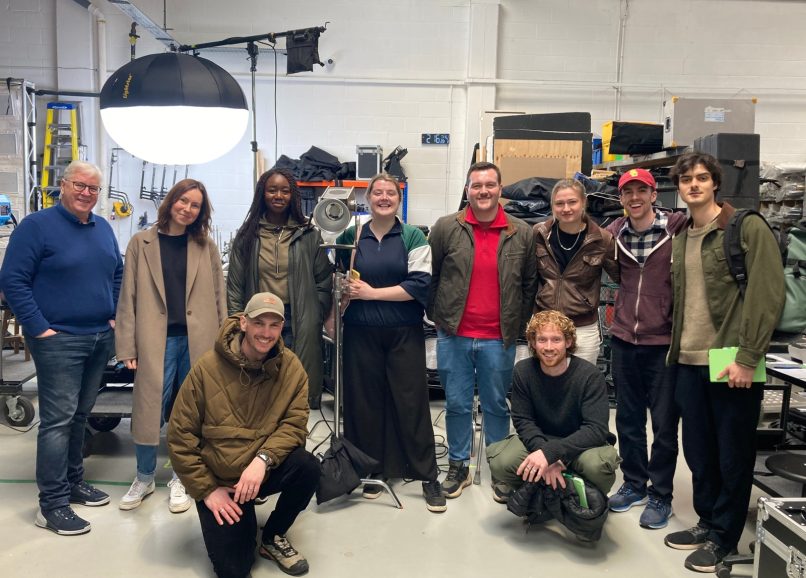
Since Green Kit was an early adopter of this technology, McEnallay and the team have built up a wealth of knowledge which they are keen to share with clients.
“I love it when our clients come in and ‘have a play’ with the new lights,” says McEnallay. “We all learn a lot and it’s an opportunity for us to feed back to manufacturers at an early stage about what works and what doesn’t. It makes sense for us all to make fewer, better lights, so this kind of feedback makes environmental as well as business sense.
“New lights are released every single week. But we are very picky about the lights we buy. They must work for our clients, and they have to last. We apply the principles of the circular economy and invest heavily in repair to make sure our lights last as long as possible. We’re delighted that more manufacturers are starting to offer repair and retrofitting as part of their service packages.”
Sustainability at the centre
Sustainability sits at the heart of Green Kit’s business. Every member of staff is part of a team focusing on different aspects, from transport and energy use to repair and reuse and waste management. McEnallay explains, “This means we can take a holistic approach to and think about supplier packaging, vehicle emissions, and energy usage as it affects the whole supply chain.”
“A lot of sustainable practice is about data,’ adds Green Kit’s Sally McEnallay. “It can be quite dry. So, we’ve partnered with the Canal and Rivers Trust to restore biodiversity to two local ponds. A group of us visit every month, to pick litter, clear weeds and plant native plants. It’s a team building exercise with an environmental focus that reminds us why we do what we do. And it’s very satisfying!”
Now that LED lights are becoming mainstream, what’s next in film lighting? Pat McEnallay is very excited about the potential for battery generators to replace traditional gennies, powered by fossil fuels: “As LED lights deliver more power for less input and battery capacity increases, we’re approaching the point where battery gennies running off renewable electricity can be the main power source for many productions. That’s going to be a game changer for the industry.”
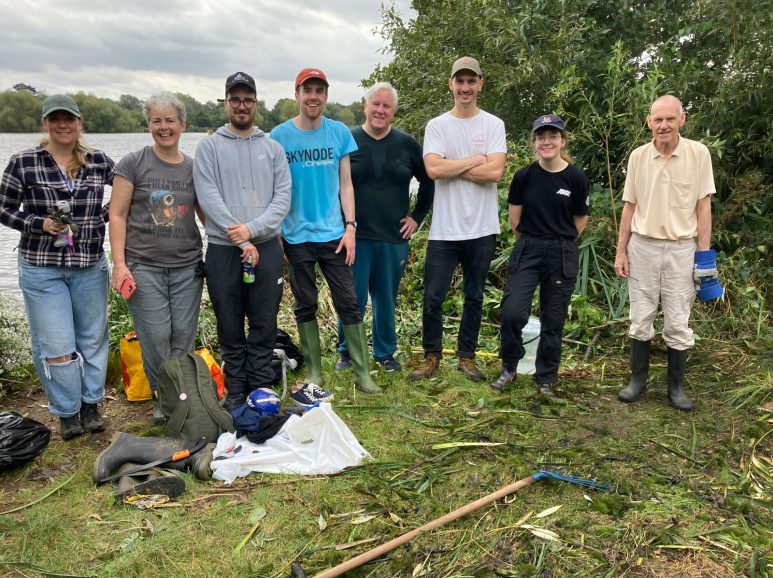













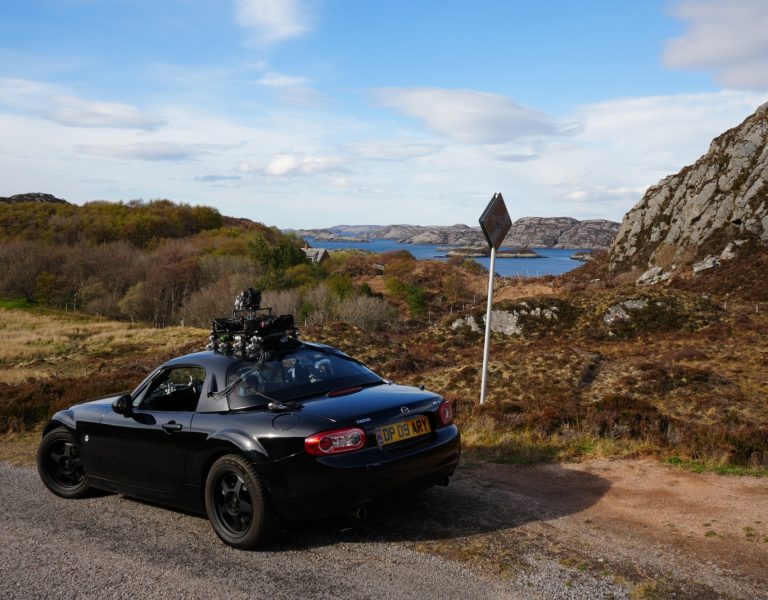
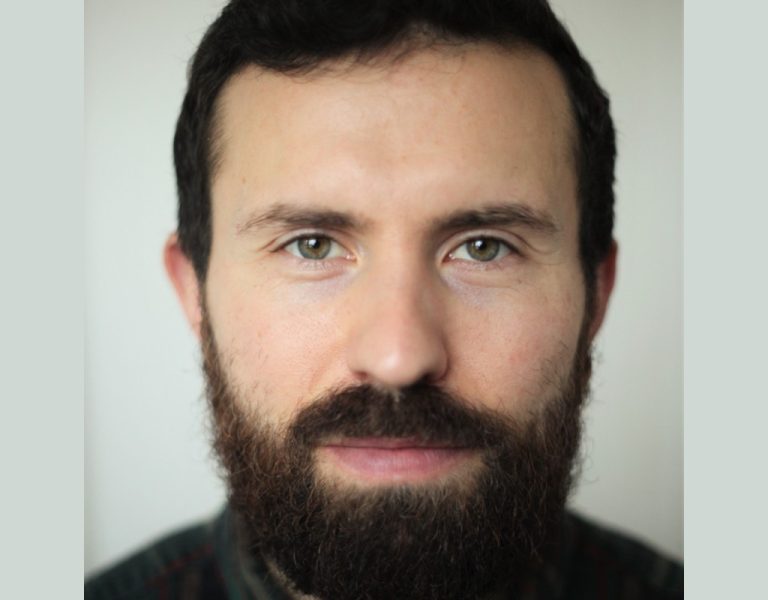
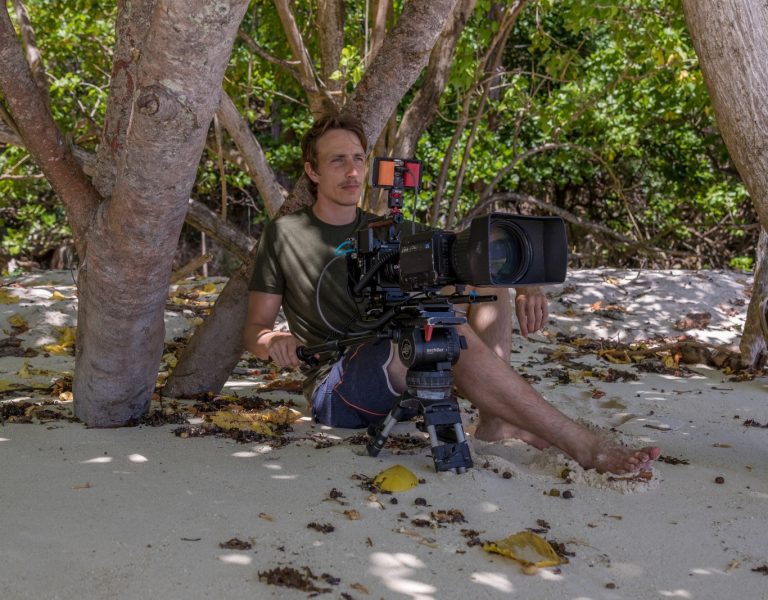
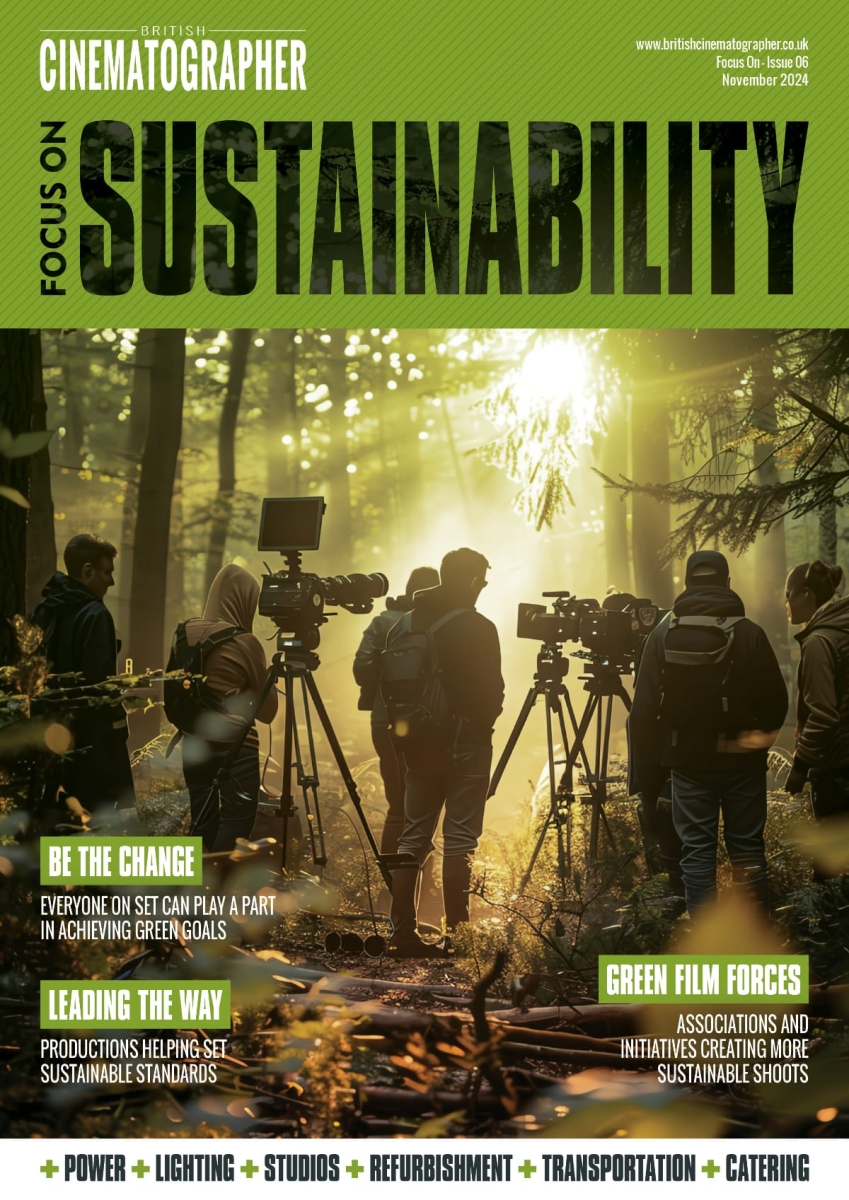
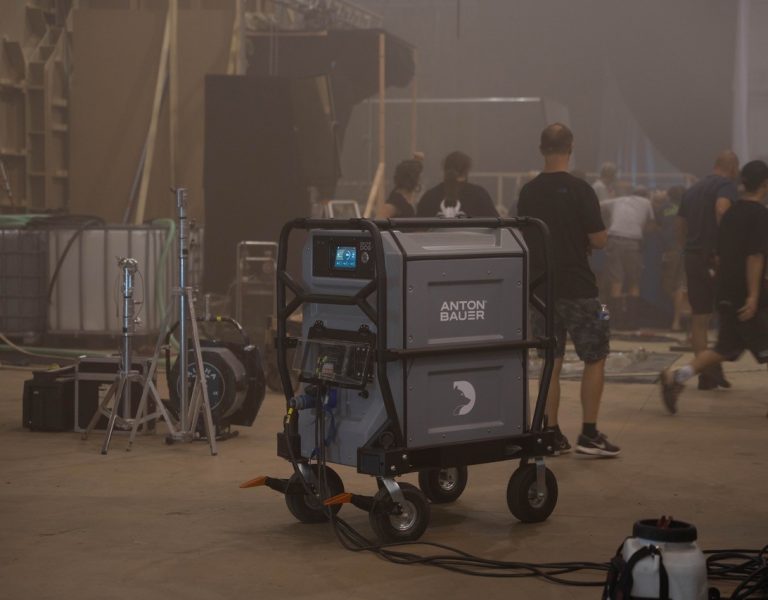
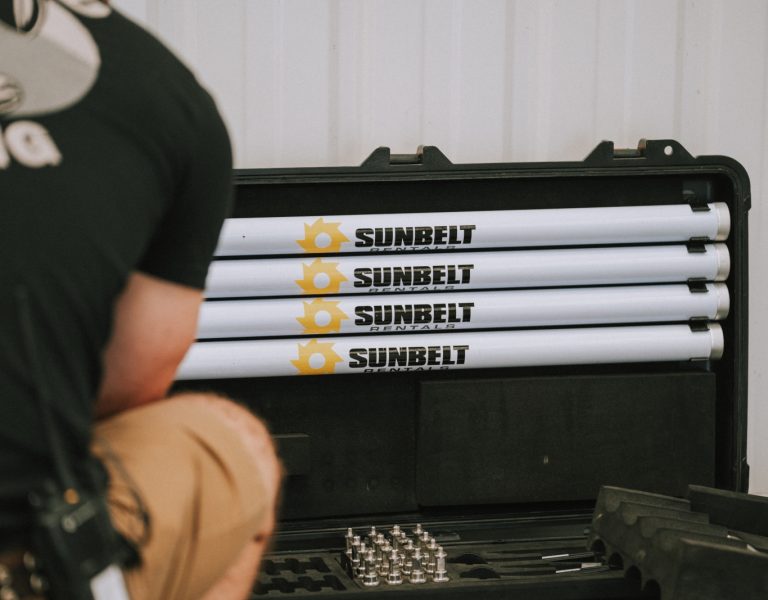
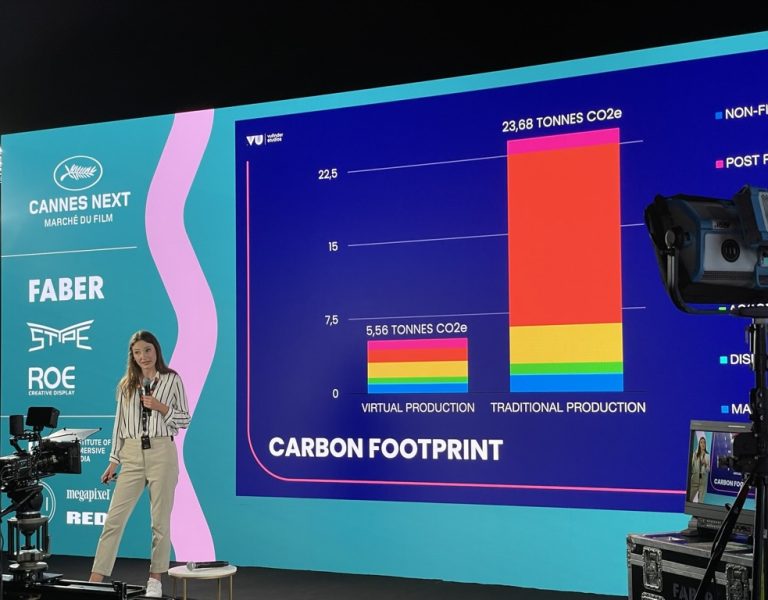
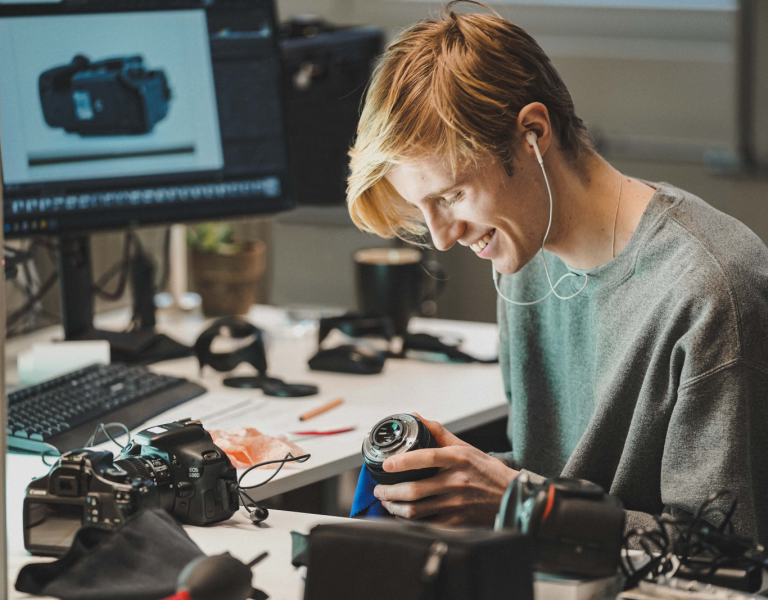



Comment / Amelia Price, chair, sustainability committee, PGGB